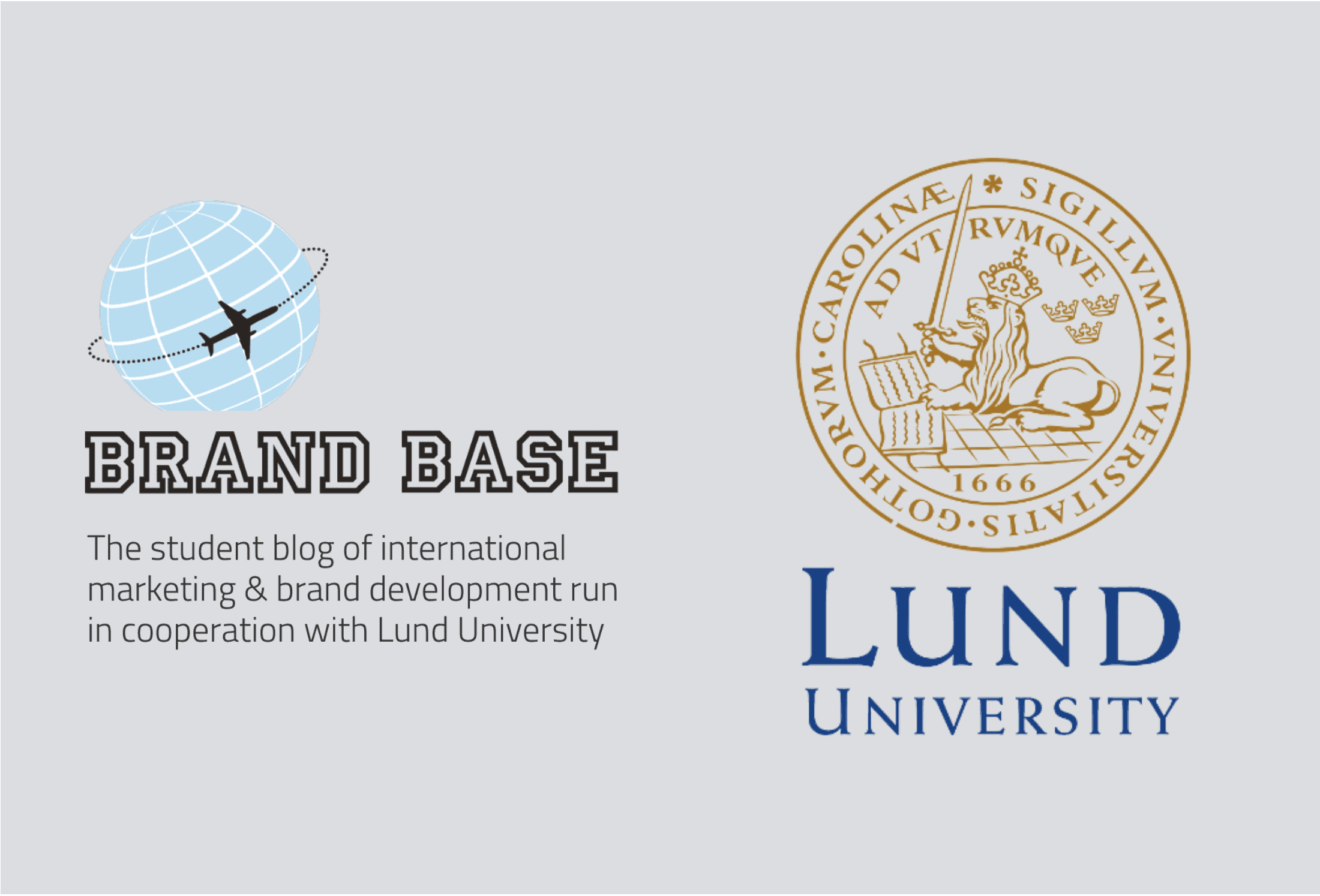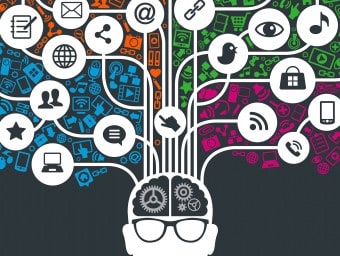New consumer trend on the rise: The Agnostic Shoppers. Are you one of them?
New consumer trends have been arising together with new consumer behaviors. The current trend of the agnostic shopper is challenging brands...
23 May 2024 6565 Views
Written by Viktoria Chalkidou
In an era that consumer trends are changing faster than ever, some consumer trends are here to stay and some others are here to challenge brand managers and their techniques.
The shift on consumer trends
Nowadays trends change as fast as technology. Years after the digital evolution, people find it hard to stay connected and be loyal to one specific brand or a group of brands. Consumers have gained more power and a more interactive approach to brands (Christodoulides, 2009; Labrecque, vor dem Esche, Mathwick, Novak, & Hofacker, 2013; Hollebeek, Glynn, & Brodie, 2014).
Today you can search information online about all kinds of different brands even the most luxurious ones and find product reviews and recommendations. However, in the past consumers were more strained to receiving specific information from advertising and a limited amount of consumer reports (Ford, Smith, & Swasy, 1990). Inspection prior to purchase was only limited to a few sources of information and could extract only certain brand qualities according to Nelson’s (1970, 1974) hypothesis, making consumers skeptical of non objective ad claims (Ford, Smith, & Swasy, 1990).
Furthermore, we are living in a hyper-reality with a wide variety of product offerings and multiple channels of advertising (Baudrillard, 1983 in Sassatelli, 2007). In this hyper-reality we are tangled between the real and the imaginary, getting social meanings through consumption (Sassatelli, 2007). Thus, consumers have become more skeptic towards brands and the media (Obermiller & Spangenberg, 2013). According to this hypothesis, shoppers don’t have the same belief on media as they did in the past, they rely less on advertising, and have a higher level of reaction to emotional stimulus when purchasing a product rather than informational stimulus (ibid.). Skepticism towards advertising is increasing or decreasing in relation to someone’s familiarity with the brand (Hardesty, Carlson, & Bearden, 2002).
New consumer trends have been arising. The Post-Recession consumer has been trying to recover and redefine the trends (Flatters & Willmott, 2009). What’s next? From ‘greener food’ to ‘healthy living’ and from the ‘agnostic shopper’ to the ‘spending singles’, trends are influencing today’s marketplace (Euromonitor International, 2017). This blog is presenting and discussing one of those new consumer trends and more specifically the trend of the ‘Agnostic shopper’.
Also, check our article about customer path to purchase.
Agnostic shopper – what is it? Characteristics
So what is agnostic? Agnostic: skeptic, doubter, freethinker, unbeliever. These are some synonyms that can make you better understand the essence of the word ‘agnostic’. But how is it related to today’s consumers and which are the characteristics this group of shoppers has? Let’s start by introducing this new consumer trend. Here are the main characteristics of agnostic shoppers according to the Euromonitor International (2017):
- Less interested in famous brands and labels
- Focusing more on the quality of the product/service
- Often searching for bargains and discounts
- Looking for the best possible price for the best possible and ethical product
- Easily moving from one product to the other and one brand to the other
- In constant search for value and inspiration through consumption
- Finding value in innovative products/services
Common contradictions of the agnostic shopper and the new demands
There is a contradiction in the epitome of the agnostic shopper (Euromonitor International, 2016). It is not only shown on how exactly they categorize brands and products in relation to value but also on their consumer behavior as a whole. They tend to contradict themselves. On the one hand by looking for bargains all the time and on the other hand by spending a big amount of money on products they believe are inspirational (Euromonitor International, 2016). In other words, they are torn between emotion and logic. Seeking an emotional connection to the brand although agnostic is one more contradiction. Moreover, in their review of the post-recession consumer, Flatters and Willmott (2009) reported the following four key trends that have been accelerated in the recent years:
- Demand for simplicity
- Sustainable and ethical business
- Economization
- Flit from one offering to the other
The post-recession consumer and the agnostic shopper have some common grounds and a relation to one another. The agnostic shopper can be assumed to be a sub-group of the post-recession consumer in a way as they both are interested in sustainability, product ethics, simplicity, value for money, and brand agnosticism. Consumers go all in for thriftiness, making it one of the advancing trends (Flatters & Willmott, 2009; Euromonitor International, 2016). It can be further observed on the ‘Trends and Trajectories’ figure below (Figure 1) by Flatters and Willmott (2009) showing the impact of the recession on consumer behaviors and trends. In this figure it is shown that the ‘demand for simplicity’ is the dominant mature trend and the ‘discretionary thrift’ is the new advanced trend.
All things considered, it seems reasonable to assume that brands should add value for their potential customers and bring information to the consumer through social networks in order to build trustworthiness. Therefore, moving on to the next part of this blog, consumers nowadays and the agnostic shoppers in particular need a brand to inspire them.
Consumers need brands with a purpose
The agnostic shoppers need brands with a purpose. Brands that have all four fundamental qualities which are best described by Barwise and Meehan (2010) below:
- The customer promise – Consistent with your brand values – always relevant
- Trust – Service delivery – keep pace with fast changing consumer environment
- Continual improvement – Gather insights – make progress
- Innovation beyond the familiar – Innovative initiatives – think outside the box
Agnostic shopper – Consumers on the focus
In conclusion, brand managers have been challenged in ways they haven’t been challenged before by new types of consumers and new consumer trends. As different types of agnostics are being created, such as social media agnostics, screen agnostics, channel agnostics and so on, there is a need for further academic research and classification of the different groups. This new data can help brands build new strategies on the agnostic type of consumers and redefine their old ones by putting more focus on building relationships on trust and positive values (Barwise & Meehan, 2010; Emerald Insight, 2016).
References
Barwise, P., & Meehan, S. (2010, December). The one things you must get right when building a brand. Harvard Business Review, 80-84.
Christodoulides, G. (2009). Branding in the post-internet era. Marketing Theory, 9, 141-144.
Emerald Insight. (2016). Social media as the path to a marketing strategy: Companies must become “curators” to meet the challenges. Strategic Direction, 32(2), 20-22.
Euromonitor International. (2016). Agnostic shoppers.Retrieved 11 14, 2017, from www.riyadhchamber.org.sa/mainpage/Documents/1487.pdf
Euromonitor International. (2017). Retrieved 11 21, 2017, from http://www.euromonitor.com/consumer-trends-and-lifestyles
Flatters, P., & Willmott, M. (2009, July-August). Understanding the post-recession consumer. Harvard Business Review.
Ford, G. T., Smith, D. B., & Swasy, J. L. (1990). Consumer skepticism of advertising claims: testing hypotheses from economics of information. Journal of Consumer Research(16), 433-441.
Hardesty, D. M., Carlson, J. P., & Bearden, W. O. (2002). Brand familiarity and invoice price effects on consumer evaluations: the moderating role of skepticism toward advertising. Journal of Advertising, 31(2), 1-15.
Hollebeek, L. D., Glynn, M. S., & Brodie, R. J. (2014). Consumer brand engagement in social media: conceptualization, scale development and validation. Journal of Interactive Marketing, 149-165.
Labrecque, L. I., vor dem Esche, J., Mathwick, C., Novak, T. P., & Hofacker, C. F. (2013). Consumer power: Evolution in the digital age. Journal of Interactive Marketing, 27, 257-269.
Obermiller, C., & Spangenberg, E. (2013, March). Ad Skepticism: The Consequences of Disbelief. Journal of Advertising, 309-324.
Sassatelli, R. (2007). Consumer Culture: History, Theory and Politics.London: SAGE Publications Ltd.
Figures
Figure 1: ‘Trends and Trajectories’ Source: Flatters & Willmott (2009) – Harvard Business Review.
Like this post? You'll find more marketing insights in my new book: International Brand Strategy: A guide to achieving global brand growth, now available from booksellers globally. Order your copy here.





